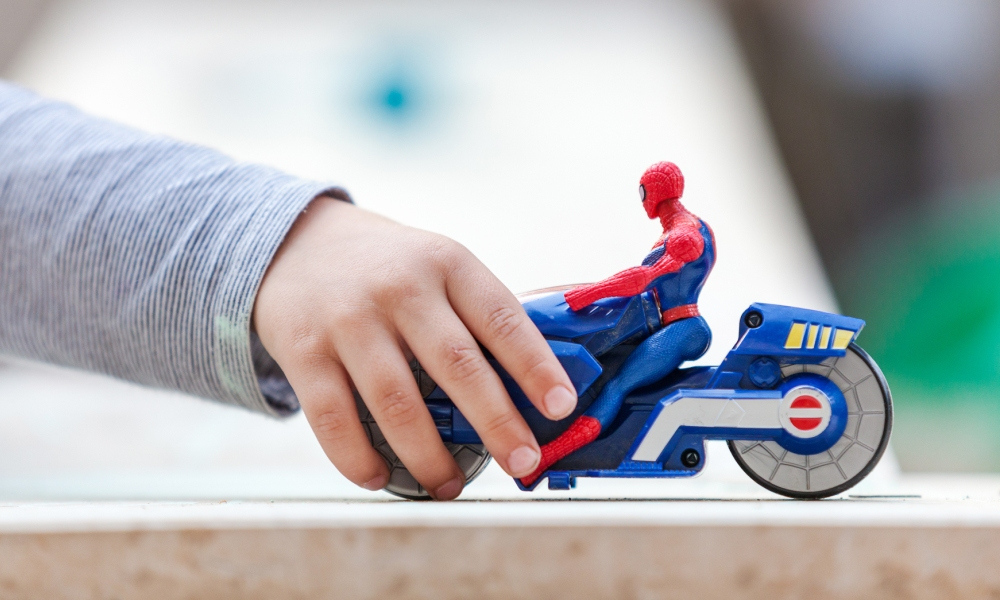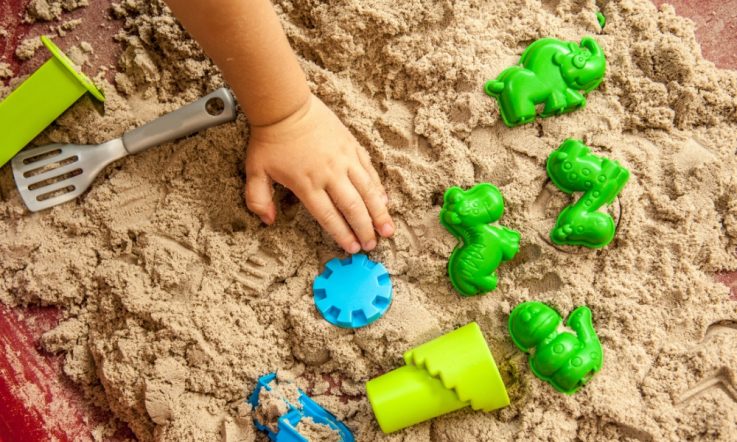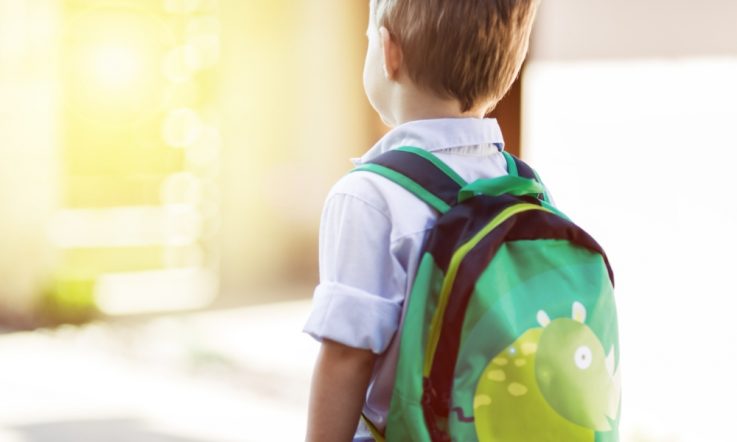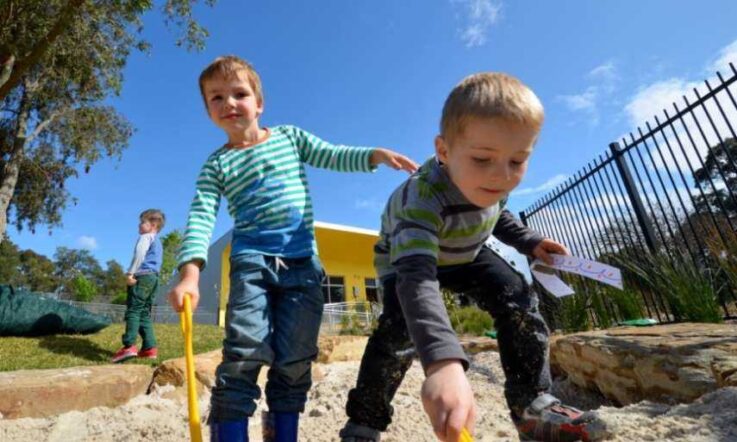This podcast from Teacher magazine is supported by Credit Union SA – supporting the education community with exclusive Education Community Banking Benefits including their low rate Education Community Credit Card, no loan establishment fee on car and personal loans and fee-free transaction accounts. Fees and conditions apply. For more visit creditunionsa.com.au
Thank you for downloading this episode of The Research Files podcast series brought to you by Teacher magazine, I'm Jo Earp. A three-year project in New Zealand has been exploring children's storytelling in Kindergarten through to the first year-and-a-half of school. It includes analysis of pretend play – specifically children giving voices to toys, objects and digital characters – and early literacy practices. The results were recently published in the journal Early Years. Author Dr Mandy Bateman, a Senior Lecturer in Early Childhood Education, joined me on the line from the University of Waikato.
Jo Earp: Now, We'll talk about the wider project later, but for this particular focus on ventriloquism in early years literacy, who was involved and what did you do?
Mandy Bateman: We had six children in Auckland, New Zealand, and six children in Timaru; six on the South Island, six on the North Island. We had four researchers. Myself and Professor Margaret Carr, also at Waikato University, we worked with Auckland children and teachers here and then we had Dr Alex Gunn and Professor Elaine Reese [from Otago University] working with the South Island children.
Basically, we wanted to just find out about the early literacy practices that were happening there. We wanted to go in in a very inductive kind of way, video record the everyday kinds of things that were going on in Kindergarten and, like you say, then through to the first half of the school year.
JE: The title of this particular paper mentions ventriloquism and just to let people know, when you talk about that it's not the teacher using the puppets is it, it's the student giving these voices to, well it was everything – figures, digital characters …
MB: Yes, it was wonderful. … one of the nice things about doing inductive research is you can just go in, you're just exploring the everyday kind of stuff that goes on. And so what you want to look for is the things that are important to the participants themselves.
We could see for the children that this was one of the things that they kept on doing all of the time, there were so many occurrences of this kind of ventriloquism going on that it was worthy of a closer look at what was going on. Basically you see – probably people who are listening will recognise this – that when children take an object they can give a voice to it. It's called object personification.
JE: We'll drill down to some of the skills then now. In your paper you give examples of some conversations you recorded. They make really interesting reading, they're quite cute really. There's one with a four-year-old boy playing in a sandpit and he's giving a voice to his Spiderman figure, but there's one in a digital context as well – a girl using an iPad. What kinds of things are they exhibiting there in terms of the skills and in terms of early literacy practices?
MB: When we think about literacy in the very narrowest kind of form, we think of reading and writing. When we're thinking about how is it that we can help children, support children to develop these kinds of reading and writing skills, these very early on reading and writing skills, we just imagine that they're going to have to put a story together at some point to be able to write about that story. The team of us think this is something that's very important actually that's come from the study, that in order to be able to write a story for those later literacy practices in school, actually you need to be able to think about a story, you need to be able to imagine a story.
What we saw in the ventriloquism act was children actually imagining these characters and putting these characters to acts that would sort of co-construct a story line together. So, they're all very spontaneous kind of occurrences. We see children imagining these characters, but rather than narrating about them or telling about them they're actually performing them through their talk. They'll have what we call paralinguistic features – changes in voice prosody, so the tone and the pitch of the voice will change from their normal voice. The gaze of their interaction was very interesting, where they would actually look at the character, look at the object or character on the iPad, rather than the person who was actually speaking, as if to prompt that character to talk. So it was really bringing these characters alive through all of these paralinguistic features that they were doing.
In terms of early literacy practices, this orally formulating characters (formulating characters through this oral storytelling that they were actually participating in through ventriloquism) is something that we can link to literacy practices, to these early literacy practices of: What is a character? What are the features of a character? What are the type of things that this character might do?
For instance you say about the little boy Matai, he was playing with Spiderman in the sandpit and [the character] was getting into all sorts of trouble, getting stuck in the sand. So, those are the kinds of things that particular character was doing and then you can think about, well, maybe he'd like to write a little story about that later. But, you have to have these imaginative skills, being able to have the opportunity to play those out first of all before we get to that point.
JE: So, we've talked about these Kindergarten interactions, then we move to a primary classroom setting – presumably, a year or so down the line – and this is more of a set up thing, the teacher has finished reading a book and for one of the follow-up activities students can play with this puppet theatre. And, the boy we've been talking about with the Spiderman figure in Kindergarten, he's pretty good with this isn't he?
MB: Yes, he is. I've got to say all our children are very good at everything that they do! You get very attached to children when you've been following them around for three years, they're absolutely lovely. But, yes, he is. I think it's like anything, the more practice you can have at something the more confident you're going to be in doing it. And also being able to feel like you've got the skills to enact a character or whatever, it's all through practice. We think maybe, there could be a link between it, but certainly when you're feeling confident enough that you can do something then you can take that with you into different contexts.
So when we're thinking about transitions for children from early childhood through to school (which is what we had the privilege of being able to observe in this project) things like opportunities for this type of pretend play through providing objects and resources for children is very important.
As with the little boy you can see he's doing very well in the early childhood centre and then again does very well when he gets to school, but it seems to be a little bit of an advance in a way. In early childhood he had the idea of trouble – and Bruner's notion of bringing trouble into a story (Bruner, 2002) means that it makes it really interesting for the story recipients, it makes it quite interesting to watch. And so he did that in the school setting, but he also added this lovely humour; his character wasn't quite ready to go on stage yet, so he had to have a shower first of all, and all these kind of humorous actions that he was putting in there I think can show a kind of a development in being able to already formulate these characters in very different, more and more complex ways really.
JE: You've already mentioned there about some of the things can educators can do, what are some of the other implications then of this research?
MB: Like I was saying, being able to provide resources for children to be able to engage in these types of activities. For example, having access to open-ended objects like they had in the early childhood centre, things like Play-Doh and puppets, the iPad and those sorts of things. Having those also then in school means that it eases that transition to be able to do those kinds of early literacy practices like orally formulating characters and co-constructing storylines, especially impromptu storylines where you have to really think quickly about what the story recipient might want the story to be and having to negotiate those storylines.
Having the resources available, but also the time and the space to be able to give children opportunities for engaging in this kind of pretend play is really important too.
JE: Just briefly then, what are some of the main findings of that three-year project and what are the next steps in terms of future research and so on?
MB: The project is winding up now, it's coming to an end, we're at the end of the three years. It was a Teaching and Learning Research Initiative funded project, and we were supported by the Wilf Malcolm Institute for Educational Research here at Waikato University to do the project.
One of the main things I think is probably that we want to encourage teachers to provide the space and resources for pretend play, as I've suggested before, but also to be aware of all the different ways that storytelling can be supported between early childhood and school. So, getting early childhood teachers possibly to talk with school teachers about the kinds of things they do, the kinds of opportunities that they have, that was something that was very positive within the study. Often school teachers don't know the children have already been engaged in in early childhood centres and early childhood centres don't really know where the children are going when they go up to school in terms of what they'll be doing, the resources available and those sorts of things.
But things like, we're thinking about a ‘patchwork of storytelling' where we have so many different areas where storytelling actually happens – things like stories at home, having puppet theatres, having visitors come in for storytelling, book making, the importance of ICT in storytelling, and so on and so on. So, these are the kinds of things that we're finding in the project so far that will be interesting to go into more detail about in the future.
JE: Well, we wish you luck with that future research. But for now, Dr Mandy Bateman, thanks very much for sharing your work with The Research Files.
MB: Thank you very much for having me, thanks.
You've been listening to a podcast from Teacher magazine supported by Credit Union SA – supporting the education community with exclusive Education Community Banking Benefits including their low rate Education Community Credit Card, no loan establishment fee on car and personal loans and fee-free transaction accounts. Fees and conditions apply. Visit creditunionsa.com.au
To keep listening or to download all of our podcasts for free, visit acer.ac/teacheritunes or www.soundcloud.com/teacher-acer. To find out more about the research discussed in this podcast and related reading, and to access the latest articles, videos and infographics visit www.teachermagazine.com.au
References
Bateman, A. (2016). Ventriloquism as early literacy practice: making meaning in pretend play. Early Years, 1-18.
Bruner, J. (2002). Making Stories: Law, Literature and Life. London: Harvard University Press.
Further reading
Bateman, A. (2015) Conversation Analysis and Early Childhood Education: The co-production of knowledge and relationships. Hampshire: Ashgate/Routledge.
Bateman, A. and Church, A. (2016). Children and knowledge-in-interaction: Studies in conversation analysis. Springer.
Dr Mandy Bateman says time and space for pretend play is important. Does your current classroom and outdoor play area set-up and timetabling provide such opportunities?
Do you give students access to open-ended objects, such as modelling clay and puppets?
As an educator working with young children, do you talk with your counterparts in the early childhood sector or early years of primary school about student transition? Do you discuss the play resources children have had, and will have, access to?



